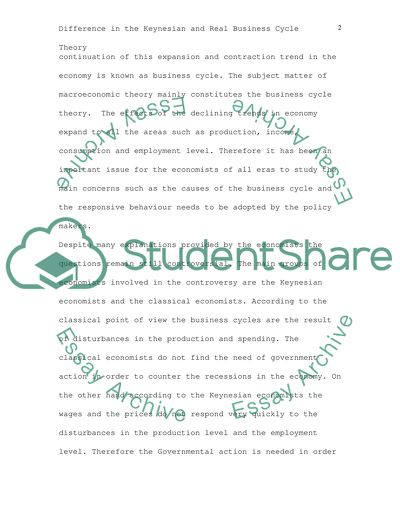Cite this document
(Difference in the Keynesian and Real Business Cycle Theory Assignment, n.d.)
Difference in the Keynesian and Real Business Cycle Theory Assignment. Retrieved from https://studentshare.org/macro-microeconomics/1534287-keynesian-and-real-business-cycle-theories
Difference in the Keynesian and Real Business Cycle Theory Assignment. Retrieved from https://studentshare.org/macro-microeconomics/1534287-keynesian-and-real-business-cycle-theories
(Difference in the Keynesian and Real Business Cycle Theory Assignment)
Difference in the Keynesian and Real Business Cycle Theory Assignment. https://studentshare.org/macro-microeconomics/1534287-keynesian-and-real-business-cycle-theories.
Difference in the Keynesian and Real Business Cycle Theory Assignment. https://studentshare.org/macro-microeconomics/1534287-keynesian-and-real-business-cycle-theories.
“Difference in the Keynesian and Real Business Cycle Theory Assignment”, n.d. https://studentshare.org/macro-microeconomics/1534287-keynesian-and-real-business-cycle-theories.


